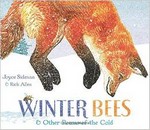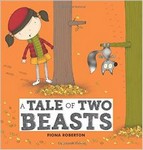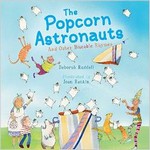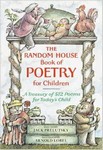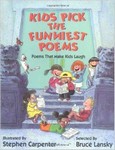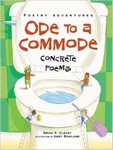Many people think that they know what a person needs to have to be happy. Happiness = having lots of money and being famous. However, judging from the stories we see in the media. the rich and famous often are not very happy people. Something is missing from their lives.
Today's picture book explores the way in which one rich and famous person stumbles across something that makes him happy, and we see how he tries to figure out how to change his life so that happiness can be his.
The baseball player and the Walrus
Ben Loory
 Illustrated by Alex Latimer
Illustrated by Alex LatimerPicture Book
For ages 4 to 6
Penguin, 2015, 978-0-8037-3951-2
There once was a baseball player who had it all; fame, fortune, and fans. The surprising thing is that the baseball player was not happy. He knew that something was missing in his life but he had no idea what that something was.
Then one day the baseball player went to the zoo and he saw all the animals. He saw the lions, tigers, giraffes, and elephants, and then he came to the walrus pool. The baseball player was very taken with the walrus and he stayed and watched it all day long. Something about the animal lifted the baseball player’s spirits and made him feel happy inside.
That evening the baseball player decided that he was going to buy the walrus. He created a splendid walrus habitat in his back yard, and stocked up on fish and walrus vitamins. He showed the zoo people that he was going to be a responsible walrus owner, and they finally agreed to let him take the walrus home.
The walrus and the baseball player became fast friends and had many grand times together, but when the baseball season began the player had to be away from home a lot and both he and the walrus were very unhappy. Eventually the baseball player decided that he had had enough, and he quit his job and went home as fast as he could to be with his walrus. Everything was perfect for a while, until the baseball player realized that without a job he could no longer afford to keep his dear friend.
Many people think that happiness should be a secondary consideration in life. We have to make money, buy things, and be ‘successful’ first and foremost. In this delightful picture book we meet a man whose money, fame, and success don’t make him happy. Luckily, he finds out that having a walrus for a friend is just what he needs, and he does everything in his power to make the walrus part of his life.
With humor and sensitivity, the author of this book gives readers a tale that is amusing, memorable, and that conveys a message that everyone should take heed of: Follow your heart.


